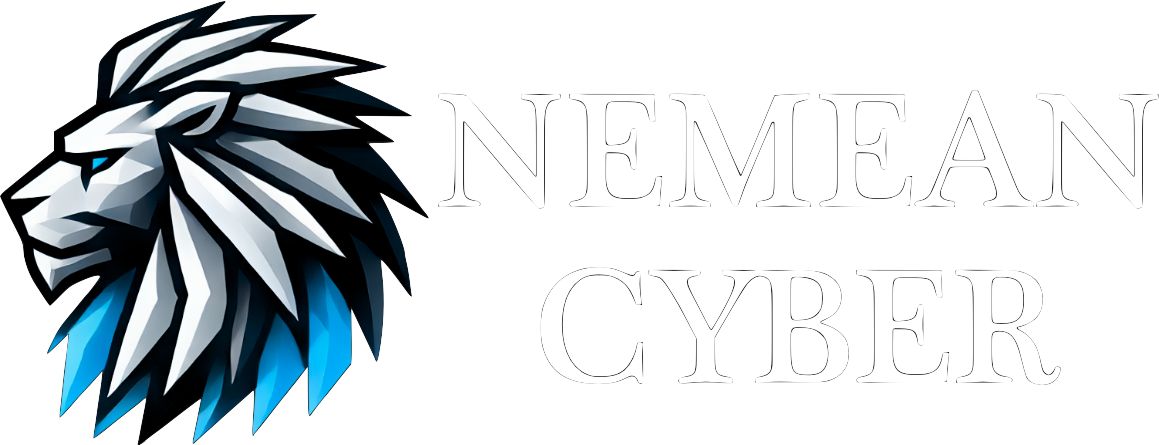Australia’s Superannuation Wake-Up Call: What the Recent Hacks Reveal About Our Security Gaps
In early April 2025, several major Australian superannuation funds — including AustralianSuper, Hostplus, Rest, Australian Retirement Trust, and Insignia Financial — were hit by a coordinated cyberattack. Thousands of member accounts were targeted, with AustralianSuper confirming that four members lost a combined $500,000 due to unauthorised transactions.[1][2][3][4][5][6]
This was not a technical glitch or an isolated breach. It was a deliberate and targeted campaign that exploited a common and entirely preventable vulnerability: password reuse.
The incident serves as more than just a warning — it’s a clear demonstration of the superannuation sector’s ongoing exposure to basic cyber threats and the need for immediate, sector-wide improvement.
What Actually Happened?
The attackers used a tactic called credential stuffing — where stolen usernames and passwords (often from previous unrelated breaches) are automatically tried on other sites in the hope that people have reused them.
It’s not sophisticated. It’s not new. But it works, and it works alarmingly well when companies don’t enforce multi-factor authentication (MFA), or when customers ignore it.
The fact that this worked across multiple funds tells us two things:
Many super funds haven’t built in basic defences like mandatory MFA.
Many users are still reusing passwords and leaving the door wide open.
This wasn’t an advanced nation-state actor using zero-days. It was opportunistic, fast, and entirely preventable.
For Super Funds and Financial Institutions: This Is Your Wake-Up Call
If you're in the business of managing other people’s retirement savings, you are a target. Full stop. What happened here is unacceptable in 2025.
Here’s what should already be in place:
Mandatory MFA for All Accounts. If MFA isn’t enforced across all customer logins, it’s not a matter of if — it’s a matter of when. Optional MFA is just an open door with a sticky note saying "please don’t come in".
Credential Stuffing Protection. There are plenty of tools to detect and block automated login attempts — rate limiting, device fingerprinting, behavioural analytics. Use them.
Real-Time Threat Detection. Monitor for unusual access patterns, IP anomalies, time-of-day logins — and respond fast. Assume credentials are already compromised and act accordingly.
Customer Education. Teach your members. Not once in a yearly newsletter, but regularly. Reinforce the dangers of password reuse, explain MFA, and make secure behaviour easy — not optional.
Internal Security Drills. Test your defences. Run simulated attacks. Know how your team will respond — and make sure the executive team is part of that drill. Security isn’t just an IT problem anymore.
For Everyday Australians: Here’s What You Can Do Right Now
Even if your fund wasn’t impacted, assume your account has already been probed. Here’s what you can do to protect yourself:
Stop reusing passwords. Seriously. Use a password manager and create a strong, unique password for your super account.
Enable MFA. If your fund offers it and you haven’t turned it on, do it today. If they don’t offer it, ask why — and consider switching.
Check your account regularly. Look for changes in personal details or unexpected transactions.
Watch for phishing. Attackers often follow up breaches with fake emails or texts. Don’t click — go directly to the official site.
Final Thoughts: This Was Preventable
This breach wasn’t a surprise to anyone in the security industry. It was overdue. The superannuation sector has been a soft target for too long — rich in data, slow to adapt, and not treated with the same urgency as banks or telcos.
But now that it’s happened, we need to stop treating cybersecurity like a checkbox. This is a shared responsibility — between the organisations that manage our money and the individuals who access those systems.
If you’re a CISO, an IT leader, or even just someone trying to protect your retirement, now is the time to act. Because next time, the damage might not be measured in hundreds of thousands — it could be millions.
Let’s not wait for that headline.
